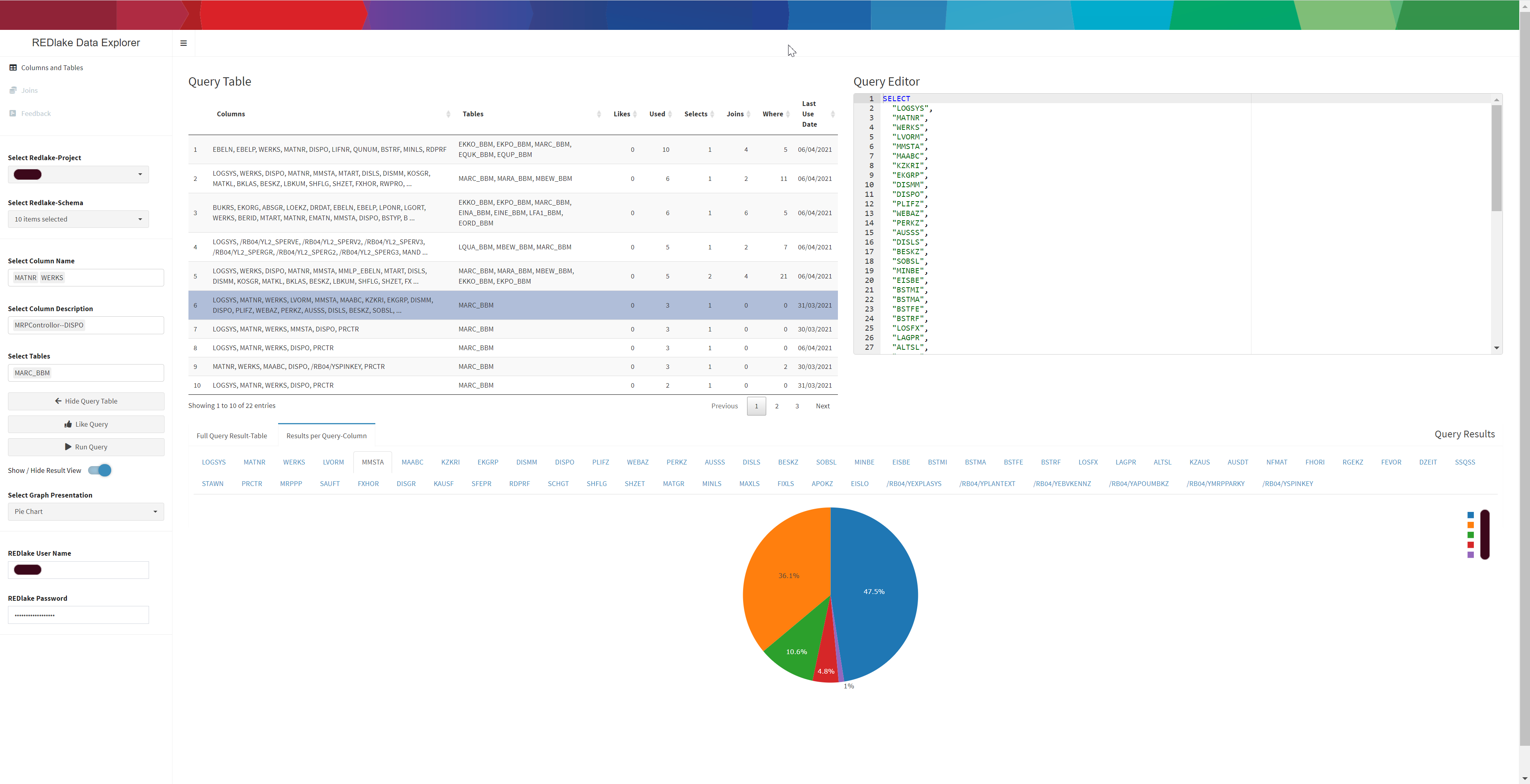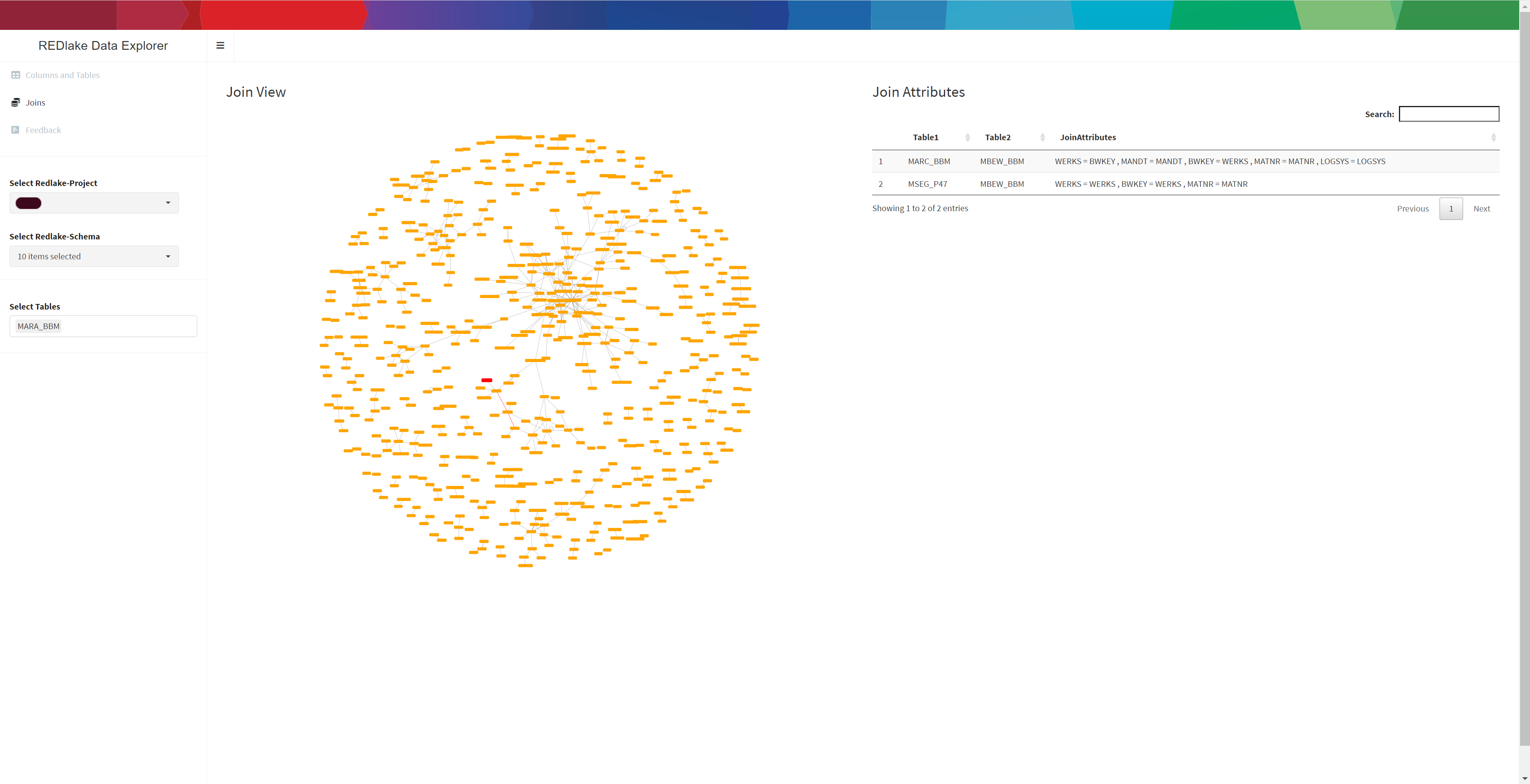
Guidance in Business Intelligence & Analytics
- Contact:
Jonas Gunklach, Prof. Dr. Alexander Mädche
- Funding:
- Partner:
Motivation
Business Intelligence & Analytics (BI&A) systems offer tremendous potential to help enterprises better understand its business and make timely business decisions (Chen et al., 2012). However, a key challenge is the design of the interaction between BI&A systems and its users (Ceneda et al., 2017).
Despite great progress in usability and user experience of BI&A systems, business users still struggle to (1) prepare and analyze data, and (2) consume data to derive insights and make decisions without the support of experts (Lennerholt et al., 2020).
Project Goals
Example: REDLake Data Explorer
With the ongoing trend of building data lakes in enterprises, it is unclear how data is replicated from different source systems. To create dashboards or reports with business data, data analysts often need to rebuild SAP transactions. In doing so, they must identify SAP columns and tables in the data lake. However, they do not know the logic of the underlying SAP transactions, nor do they have the technical skills to build the appropriate SQL queries to access the data. With this in mind, we have developed a system – the REDLake Data Explorer – that makes queries from expert users available and provides data analysts with further explanations to help them identify and prepare data for their use cases.

In the columns and tables view, data analysts can search for queries by specifying technical column names, column descriptions, or tables potentially relevant for their use case.

In the join view, data analysts can investigate how tables can be joined for their use case by specifying tables or exploring the join graph.

